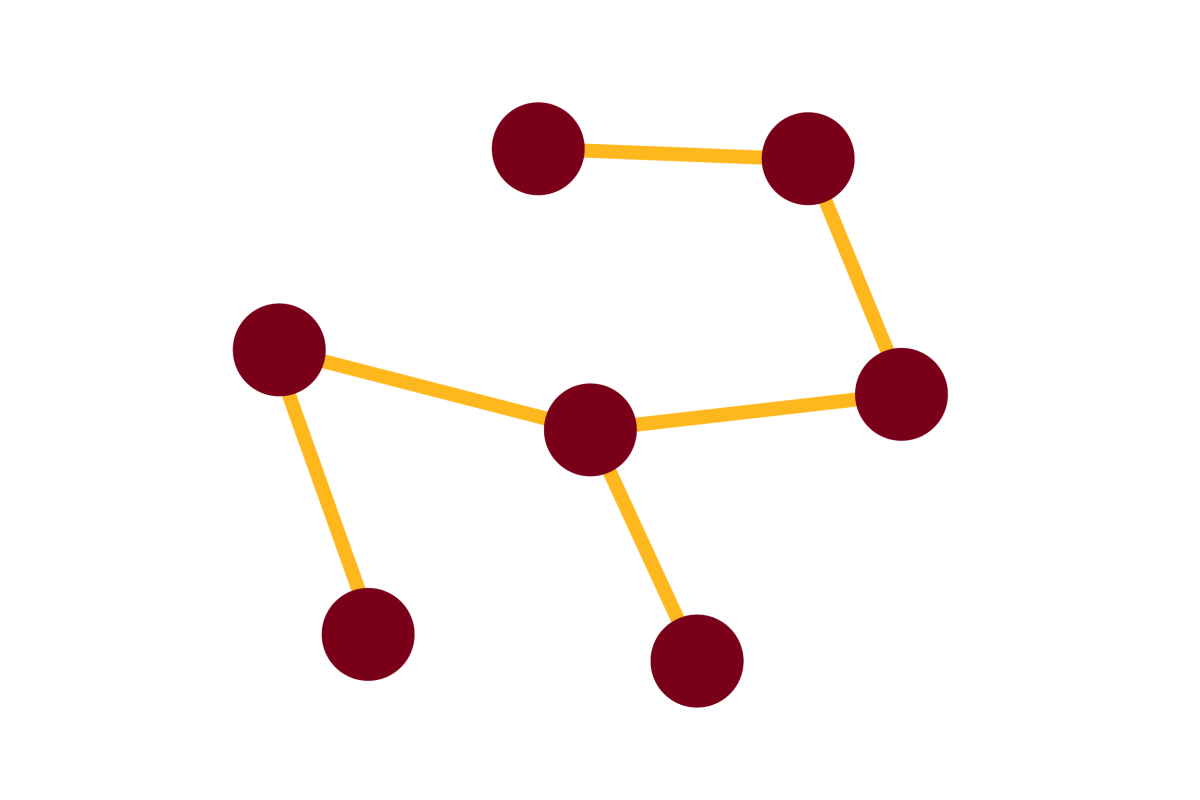Salad/Vegetable Versus Red/Processed Meat-Dominant Diet And outcomes of Hematopoietic Cell Transplantation [conference poster]

Conference
Transplantation & Cellular Therapy (TCT) Meetings of ASTCT and CIBMTR - February 8, 2021
Authors
Katie Haugen, Andrea Hoeschen, Jessica Kennedy, Benjamin Hillman (Ph.D. student), Gavin Turner, Madeline Smith, Robin Shields-Cutler, Jessica Wilson, Qing Cao, Kim Robien, Anna Prizment, Najla El Jurdi, Margaret L MacMillan, Daniel J Weisdorf, Brian Betts, Mukta Arora, Bruce R Blazar, Armin Rashidi, Claudio G Brunstein, Alexander Khoruts, Daniel Knights (professor), Shernan Holtan
Abstract
Background
Whether pre-transplant dietary composition impacts dysbiosis and clinical outcomes in hematopoietic cell transplant (HCT) is not known. We hypothesized that patients with a high intake of salad and vegetables relative to red or processed meat prior to HCT would have favorable clinical outcomes.
Patients and methods
We tested this hypothesis in a cohort of 69 patients who underwent HCT at the University of Minnesota between June 2016-November 2018 who consented to an IRB-approved stool biorepository and data collection protocol. Twenty of the participants underwent allogeneic HCT, 48 underwent autologous HCT, and 1 underwent syngeneic HCT. All completed a dietary screening questionnaire (DSQ from NHANES 2009-10) consisting of 27 recall questions detailing the frequency of which they ate each type of food encompassing a 1-month period prior to transplantation. Patients were divided into 2 groups (salad/vegetable dominant versus red/processed meat-dominant diets) based upon unsupervised hierarchical clustering of the frequency of food consumption. Twenty-three of these patients had a pre-HCT baseline stool sample sequenced and available for analysis using shotgun sequencing.
Results
The salad/vegetable dominant diet group consisted of 29 subjects (42%), and the red/processed meat dominant diet group consisted of 40 subjects (58%). There was no significant difference in age, gender, underlying disease, transplant type, conditioning intensity, comorbidities, or body mass index between the groups. No patients in the salad dominant group developed grade III-IV aGVHD, whereas 35.7% of allogeneic HCT recipients within the meat-dominant diet group developed grade III-IV aGVHD, 2 of whom became steroid-refractory. A potentially clinically relevant trend toward reduced overall survival was observed in recipients of allogeneic HCT with a meat-dominant diet (Fig 1A). Alpha diversity analyses of baseline fecal microbiome did not find a statistically significant difference between the two groups (Fig 1B).>
Discussion
We observed potentially clinically relevant patterns suggesting better survival and GVHD outcomes among recipients of allogeneic HCT with a salad/vegetable-dominant diet versus those with a red/processed meat dominant diet. It is not known if the diet itself, or a different behavior for which diet is a surrogate, accounts for the patterns observed. Larger studies of diet, dysbiosis, and transplant outcomes are needed.
Link to full poster
Keywords
bioinformatics, computational biology